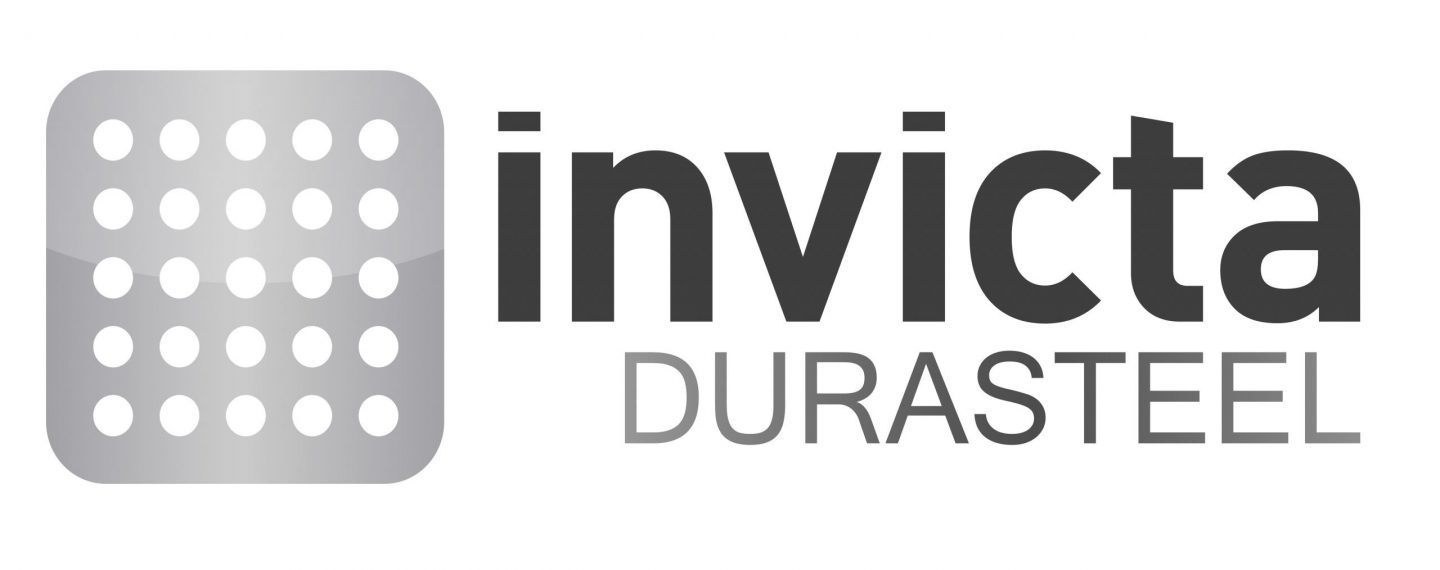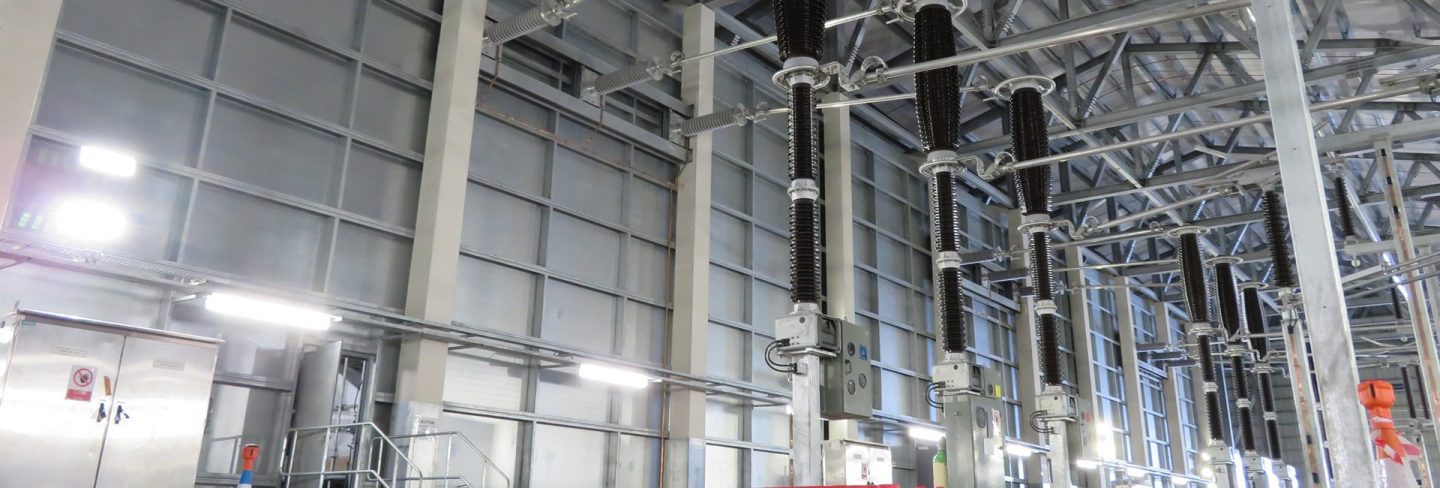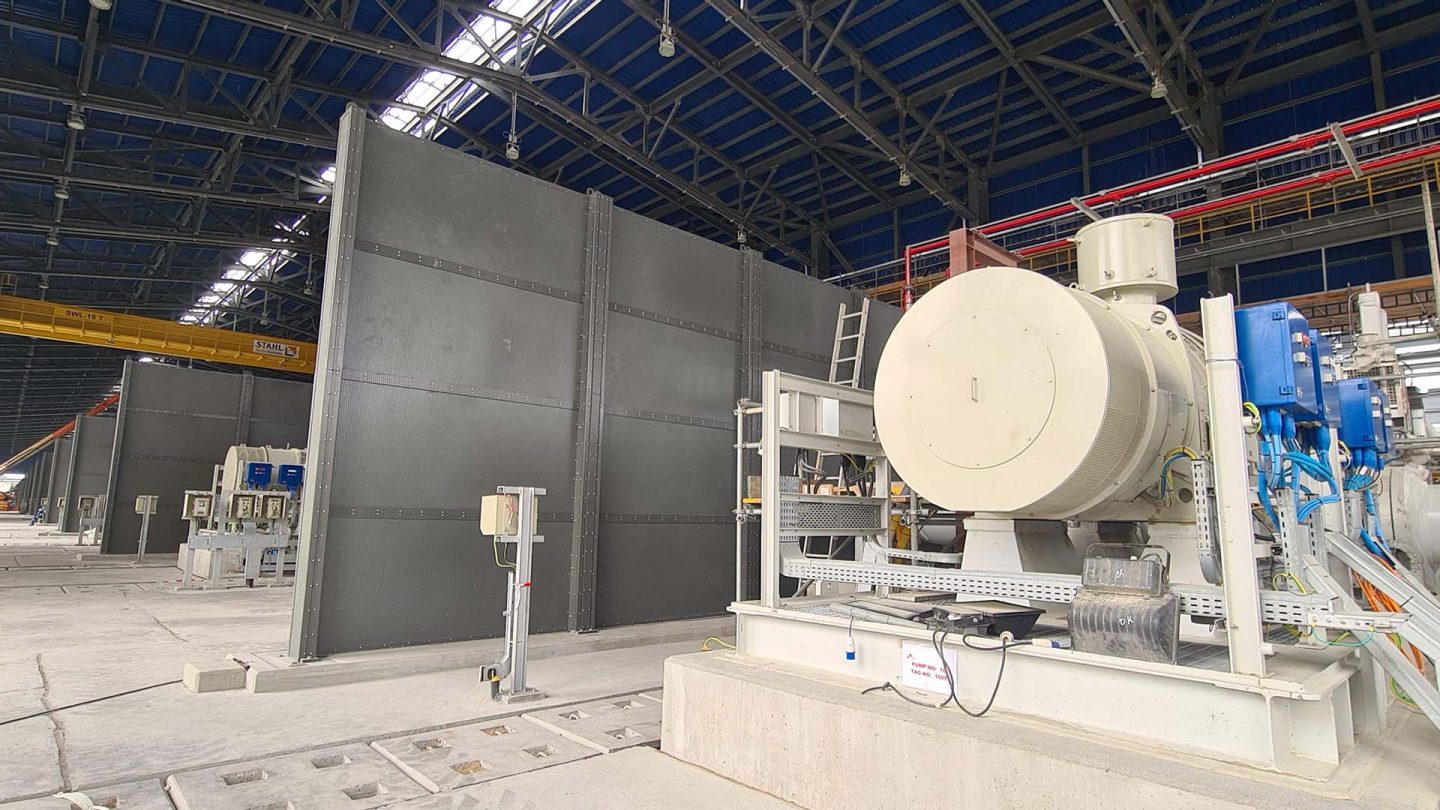For your information
You are being redirected to one of our divisional subsites which contains more detailed information on the required division. To navigate back to the main Invicta Group site, please click the link found in the footer at the bottom of the page.
- Durasteel
Discover the benefits of Durasteel
- Systems
Systems
- Expertise
Expertise
-
Applications
- Aircraft Hangar Fire Protection
- Battery Storage Facilities
- Building Fire Compartmentation
- Anti-Terrorist Blast Protection
- Cable Tunnel Fire Compartmentation
- Equipment Delivery Hatches
- Equipment Enclosures
- Heat Shields
- Power Station Fire Protection
- Metro and Rail Fire Protection
- High Voltage Cable Protection
- Substation Fire & Blast Protection
- Tunnel Fire Protection
- Oil & Gas Fire & Blast Protection
- Ventilation Systems
- Wind Farm Fire Protection
-
Applications
- Projects
- Insights
Insights
-
Articles
- Blast Protection System Design Considerations & Design Criteria
- How to Conduct a Fire Risk Assessment for Factories and Warehouses
- Minimising the Risk of Fire, Blasts & Explosions in the Middle East
- Understanding Integrity, Stability and Insulation in Passive Fire Protection
- Triangle of Fire & Active vs Passive Fire Protection
- Frequently Asked Questions
- A to Z of Terms
-
Articles
- Contact
Contact

UK +44 1843 220 256

US +1 305 328 9444

UAE +971 4 277 6225

Qatar +974 4441 4340

India +91 99 0355 9793

Malaysia +60 16 286 6225
- Start your project
New Delhi Fire Shows That Safety is an Ongoing Struggle
2nd June 2020
New Delhi, old problems
Quick Quote
Contact Fraser Shearer Sarun Vysakham Ben Tan Azim Rizvi Anand Raghavan Our USA Office
To get a quotation or arrange a free site survey - Call Fraser Shearer Sarun Vysakham Ben Tan Azim Rizvi Anand Raghavan Our USA Office on
-
 UK
UK
-
 UAE
UAE
-
 Malaysia
Malaysia
-
 India
India
-
 Qatar
Qatar
-
 USA
USA
Current location:
Quick Quote
Contact Fraser Shearer Sarun Vysakham Ben Tan Azim Rizvi Anand Raghavan Our USA Office
-
 UK
UK
-
 UAE
UAE
-
 Malaysia
Malaysia
-
 India
India
-
 Qatar
Qatar
-
 USA
USA
Current location:
When an accident occurs, it’s usually the case that we learn lessons from it and apply them, in order that no similar accident occurs every again. We see it all the time in relation to transport (e.g. airplanes) and other areas of safety, including fires. Yet it seems that the rate of deadly fires is not being significantly diminished – and the causes for them are the same ones we’ve seen countless times before.
The deadly fire at a factory in New Delhi reflects this. The problems are many of the same we’ve seen in previous fires, not just in India but around the world. It seems the same mistakes and oversights are being made despite the best efforts of safety practitioners, and in spite of legislation to prevent them. How can we close this gap, and do we always have to accept a certain level of susceptibility to deadly fires?
A tragic event
The cause of the fire at a factory making school bags is unclear, but is speculated to have been from a short circuit. Beginning on the second floor of the building, it quickly made its way up to the third and fourth floors, where at least 100 workers who were not on shift were sleeping. While some escaped, others found their passage blocked by iron grilles on windows, and the lack of a clear path to the roof.
Despite the quick arrival of firefighters, 43 people ultimately died in the fire, and the building’s manager and owner were arrested. The building apparently did not have a licence to operate in what was otherwise a residential district, had no fire certification, had no fire escapes, and was illegally storing at least four gas cylinders. One firefighter was honoured for rushing in to save 11 people, suffering injuries in the process.
This is not the first deadly fire in Delhi this year. 17 people were killed in the Karol Bagh hotel fire in February, where many people were stranded because of the use of wooden panelling in corridors, which quickly combusted. The hotel also apparently had an additional storey constructured, flouting building regulations. There have also been a number of recent fires in Mumbai, including over 30 deaths in several fires between December 2017 and January 2018.
Legal loopholes
The obvious conclusion to draw is that standards simply aren’t high enough, and that more rigorous application of the law would have prevented this from happening. Yet this fire is part of a pattern that applies not just to India, but to countries and regions across the world. We still see far too many tragic fires in the international news, including in the UK, as Grenfell and other, less deadly cladding fires will attest. Clearly something more needs to happen if we’re going to stop these incidents and save lives.
One step is obviously to reiterate the value of safety, and to lobby for change at government level. The work of the Grenfell campaigners has been admirable in this regard, and groups in other countries are doubtless doing the same. Loopholes such as the ones which allowed highly flammable, toxic cladding to be fitted to highrises in the UK need to be closed, and sometimes this will demand action from citizens, as the cost can often make people reticent to change.
But there are also aspects of fire safety that are less easy to fix through sheer exposure and pressure. Some people neglect fire safety willingly in order to improve their own margins, or out of sheer ignorance as to the likelihood and impact of a fire. Others bribe or find other ways to cheat the system, ensuring that the rules which exist to keep people safe are ignored or not applied properly. This is not just a problem of attitudes, but also a system which incentivises people to cut corners in order to save money.
Raising the bar
You will always get grifters and people willing to flout the law in every country, and the only approach is to be persistent and comprehensive in rooting them out. But there’s also something to be said for making safety a business case at every level. It’s proven that making your workplace a safer place to be carries benefits for individuals and organisations, and this message needs to be driven home at every opportunity.
This is a responsibility on any company that contracts work anywhere. Ensuring that fire safety (and other health & safety) laws are being adhered to should be paramount to any working relationship. Enforcing high standards in your contracts – even when they are higher than local standards – may cost you a few tenders, but you have a responsibility to set that bar. Failing to do so not only sets a bad precedent that allows people to continue getting away with this, but will also reflect poorly on you should anything go wrong.
Safety can also be aspirational, and something that carries long-term cost benefits. In many countries, old building methods and materials persist because they are what people are used to, and are perceived as being cheaper or more reliable. Making the effort to breach new markets and propose new safety solutions not only affords businesses more opportunities, but serves to improve infrastructure around the world, and change these embedded attitudes. In many cases, newer materials and methods require less maintenance and confer other benefits, without a significantly greater initial cost.
—
The fact that deadly fires remain so persistent around the world speaks to the fact that fire safety has a long way to go. But we should never lose sight of the fact that eliminating deadly fires is a possibility, and one which is achievable within our lifetimes. In some locations, the most realistic approach may be to focus on improving standards for new builds, and ensuring that the cost benefits of fire safety technology are extolled. When the results start to speak for themselves, this should extend itself to retrofitting, and a better attitude towards fire safety as a whole.
Accreditations & Affiliations











SpecUp - System Specification Wizard
Answer the 5 short questions below to receive your recommended Durasteel system specifications. Hover over the ? icons for a brief explanation.
Question 1/5
Type of system required?
Question 2/5
Fire rating required?
Question 3/5
Fire integrity-only or integrity and insulation?
Question 4/5
Fire attack risk from one side or both sides of the system?
Question 5/5
Blast rating required in addition to fire rating?
Creating your results page
Thanks for completing the SpecUp, you’ll be redirected to your results shortly.
Click here if you aren't redirected after a few secondsStart your project
Tell us about your project. Please complete this form. One of our sales team will come back to you with more details. If you prefer, you can drop us an email.




Share/Like this page